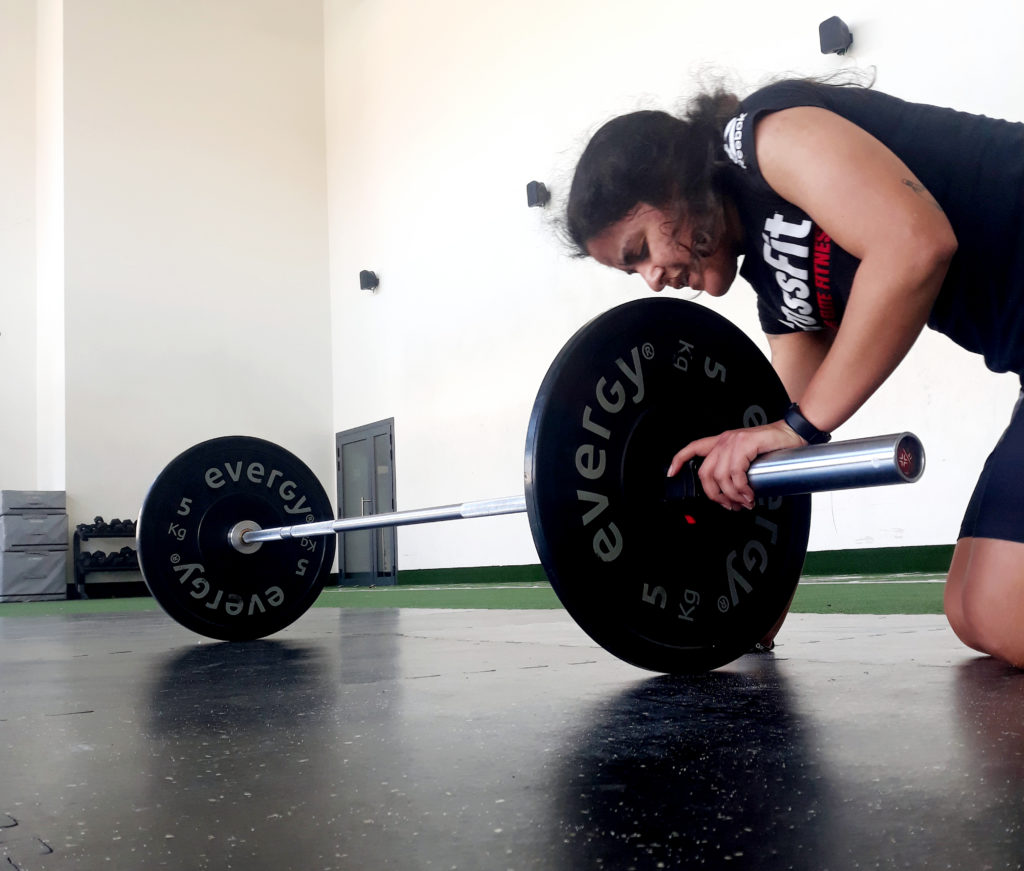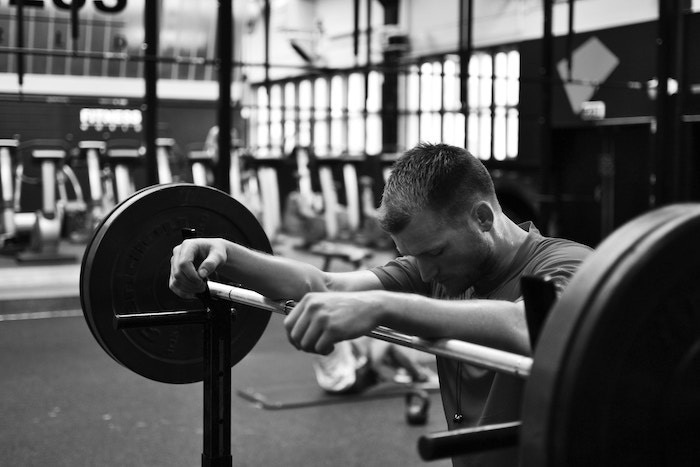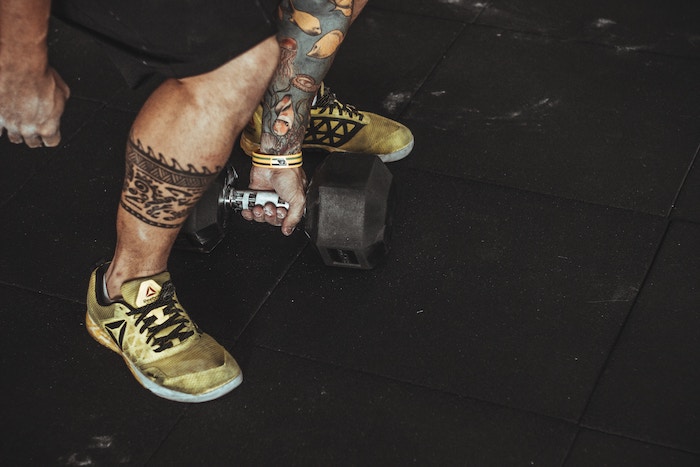Frustration: how to kill it with acceptance
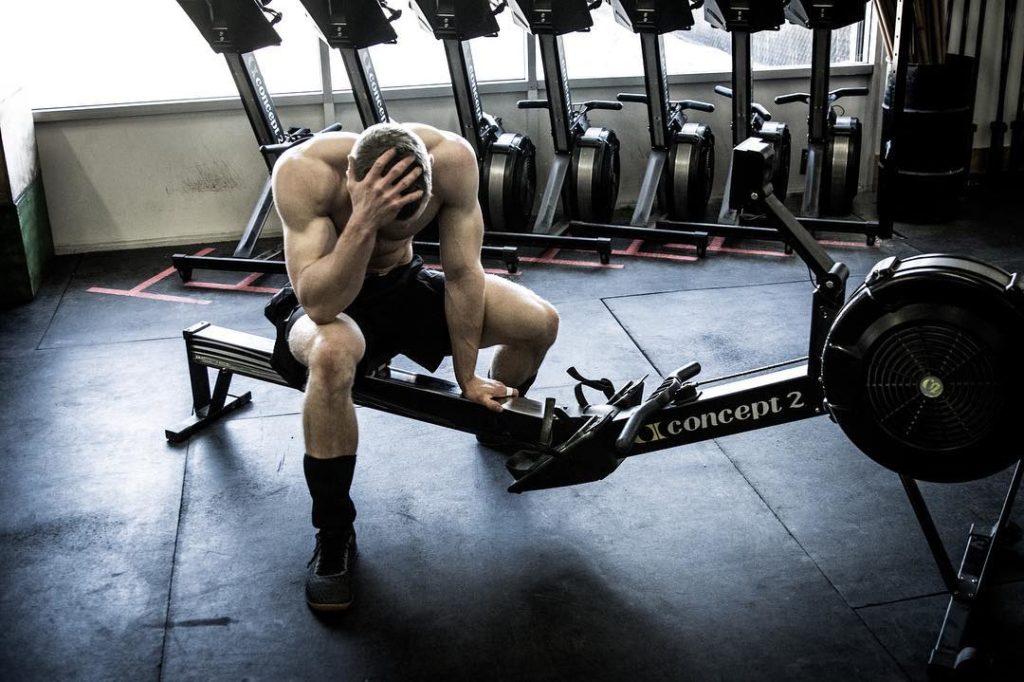
Frustration tolerance is our ability to accept a situation that is unwanted without it affecting us significantly. It’s one of those things that doesn’t seem to play that big a role. Maybe, on a smaller scale, that could appear to be true; but if you look at the bigger picture, we’re talking about something that will be directing our emotional state in one direction or another.
Why? Because we’re exposed to a ridiculous amount of frustrations (shocker). Ranging from minimal frustrations like banging your toe on the door all the way to serious frustrations like arguing with your spouse. All of them – big and small – can have a cumulative effect on you and if you don’t learn how to manage your emotional reaction, you can end up feeling like crap without knowing why.
Frustration is heavily rooted into CrossFit
Naturally, frustration has a VIP section in sports and, of course, CrossFit. We’ve been talking about this for some time: CrossFit is a sport that faces you with challenges on a daily basis. This goes hand in hand with frustration because there will be times when the challenge is too much for you. You won’t nail butterfly pull-ups on your first day. You won’t PR your back squat every week. You probably won’t get the hang of double unders for at least a couple of months. And that’s ok.
Frustration – well managed – is quite truly the best thing that can happen to you (both as a person and an athlete). When your faced with an obstacle you can’t surpass on your first attempt, you’ll learn to go looking for a solution. This will boost your frustration tolerance.
Talking shit about the obstacle itself and making excuses (“it’s too high”, “whoever put it here is trying to mess with me”, “it’s impossible”) is a symptom of low frustration tolerance. And if you want to learn how to fight it, you have to learn to accept the present situation in order to try and go change it – when possible –.
What if frustration is inevitable?
The good thing about CrossFit is that frustrations that happen during the learning phase don’t last forever. Our abilities slowly improve, allowing us to incorporate new and complex movements to our repertoire. Depending on the athlete’s ambitions, of course (not all of us want to learn how to do 12 unbroken ring muscle-ups).
But, what about those who aspire to the highest level? Those who want to compete with the big dogs. Those aspirations are flooded with complex and inevitable frustrations: injuries, failure in competition, pre-competitive anxiety and so on. It’s even more important to learn frustration tolerance.
There will be moments when you’ll have to just accept second place, or an execution error that keeps you off the podium by one point, or an unfortunate injury. You can’t argue with reality and, once you accept the present, you’ll be freed of an unnecessary weight that keeps you from moving on.
Frustration hates a winner
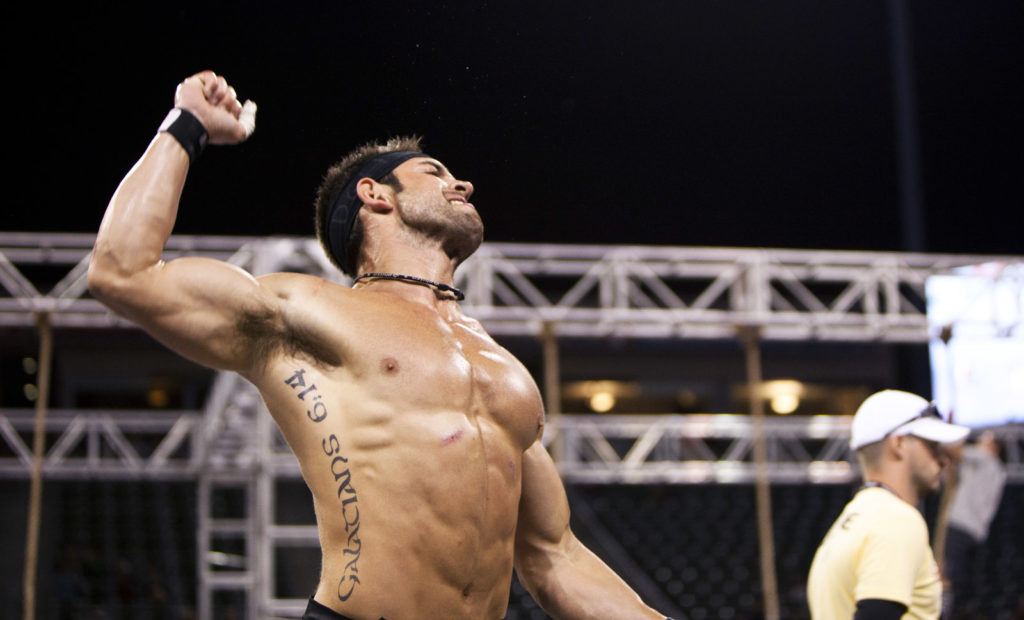
Although frustration is sometimes inevitable, you can always “force” your way towards victories. There are a million goals waiting for you to go after them and, even though they may be out of reach (for now), you can still go chasing others.
The other day I wasn’t really feeling like myself in the WOD. When I finished, all I wanted to do was leave. But not like that. So, I decided to spend the next 15-20 minutes practicing max height box jumps. I had no plan and no expectations. I somehow managed to build up to new personal record – which I hadn’t anticipated – so my sensation changed. Instead of leaving a negative memory, I traded it for the satisfaction of a small improvement.
I guess what I’m trying to say is that frustration tolerance is nothing but the ability to accept “no” for an answer. Life won’t always give you what you want because the world doesn’t owe you anything. It doesn’t matter if you deserved it or not. It is what it is. Learn acceptance and keep walking forward.


